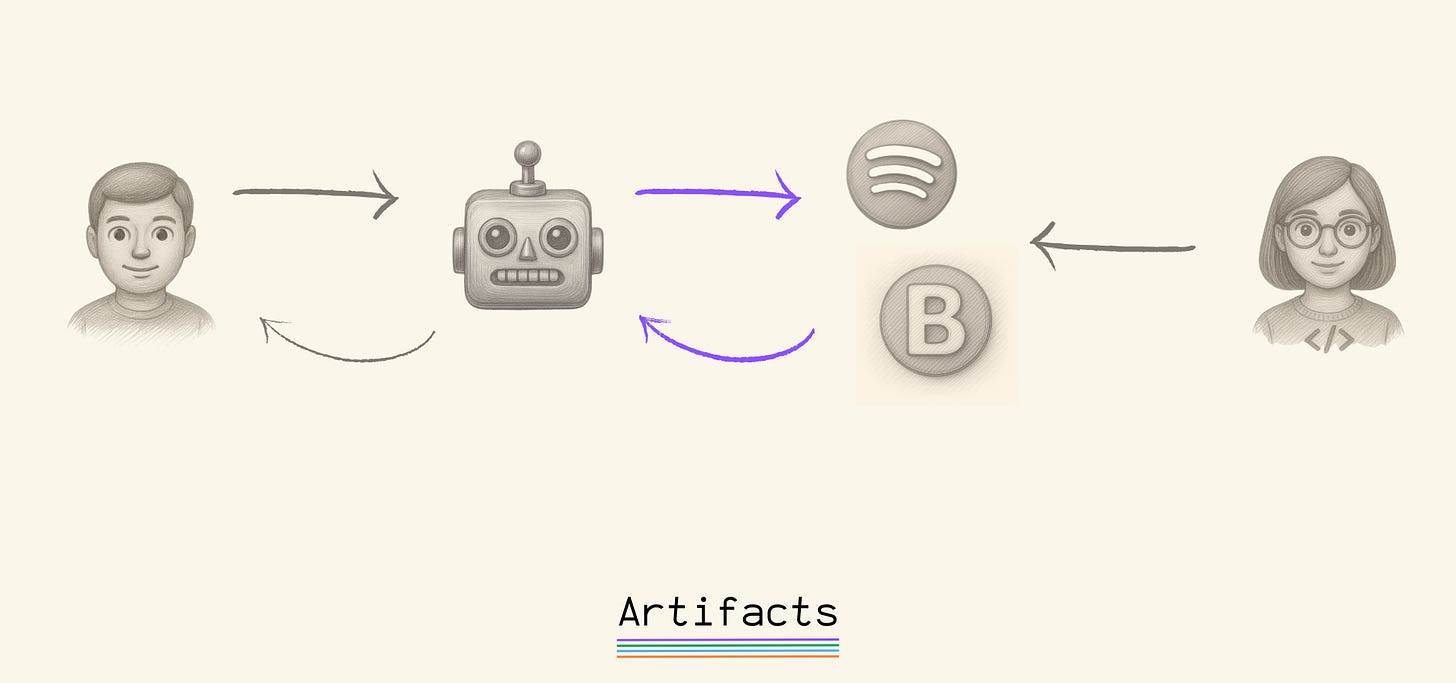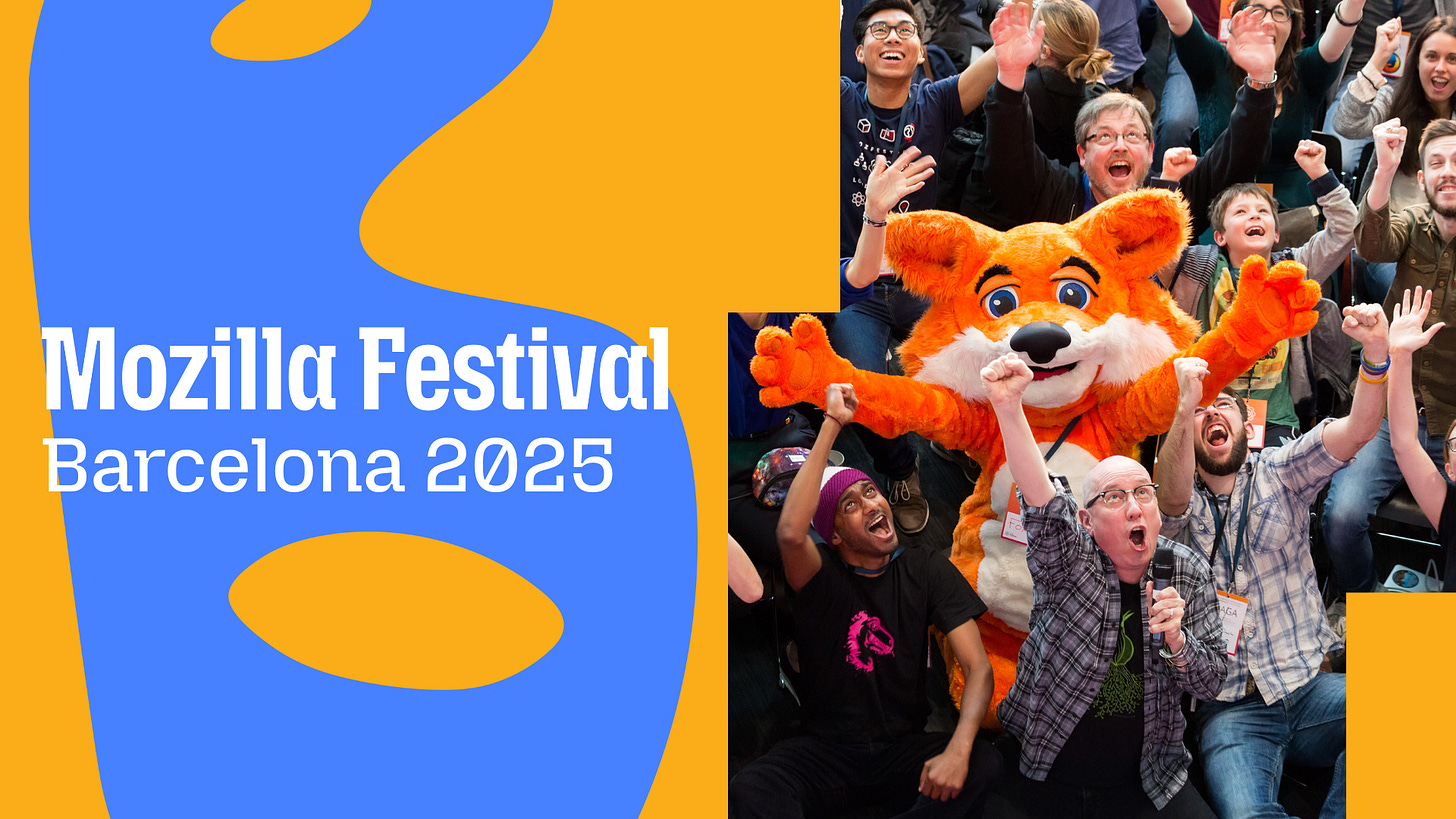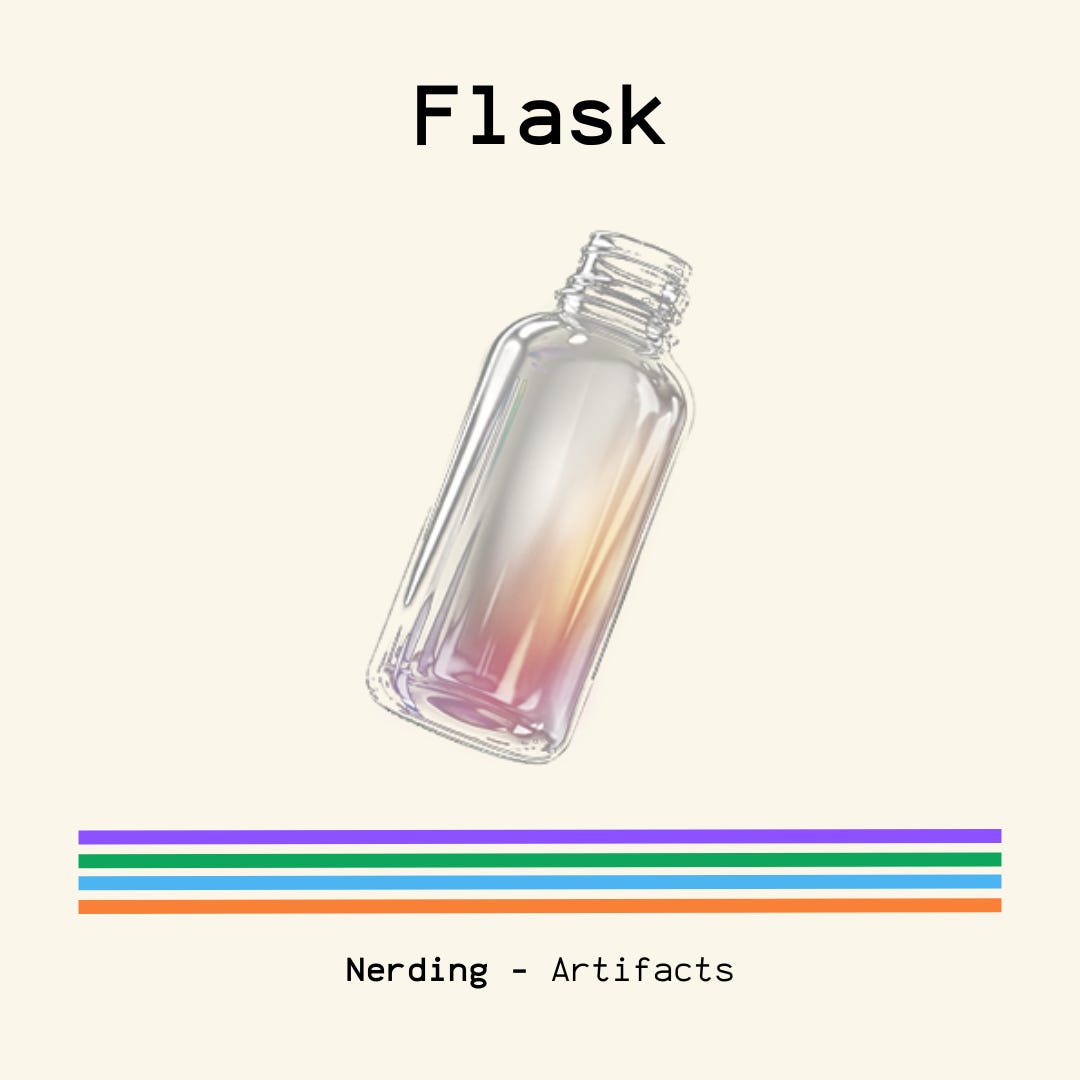Press Command
Why chatbots are going beyond being platforms, despite what many say
Over the past few days, many have claimed that AI companies are doing with chatbots what Apple did with the iPhone in 2008: turning their product into a platform where users go to access apps. It’s a fair comparison, but also a partial and shortsighted one.
We’re witnessing something broader. Let’s see how.
I’ve argued that chatbots often miss the mark: you have to start from scratch, paste text and images, and constantly feed them context.
That’s why I’ve been (and still am) fascinated by AI-powered browsers - like the one OpenAI just launched - where AI lives in your tabs, next to you. A joystick for the Internet.
But we may be going beyond this already.
A few days ago, OpenAI announced apps for ChatGPT:
From the chat, you can now, for instance:
Book a hotel on Booking
Get a personalised playlist on Spotify
Turn your idea into slides with Canva
and many more to come
Anthropic, meanwhile, launched “Skills,” which can, for instance, generate marketing materials consistent with your brand without you repeating yourself. And, a year ago, they introduced the Model Context Protocol (MCP), a standard that lets chatbots interface with apps. I even used it to rebuild Artifacts’ database by telling Cursor how to reorganize my Notion!
So yes, the direction charted by many seems clear: chatbots are shifting from being endpoints of conversations with users to platforms mediating interactions with other users, who are renting rooms on Booking, or uploading music on Spotify, or offering courses on Coursera.
Still, that’s not the full story.
What we’re witnessing goes beyond and is a new layer of Internet use.
Yes, the “platform” analogy works economically - chatbots fit the OECD’s definition of platforms as “digital services that facilitate interactions between two or more distinct but interdependent sets of users who interact through the service via the Internet”.
But they aim to be much more than just gatekeepers or intermediaries with other users or services, as many claimed these days.
Indeed, from a technical perspective, they want to give a new way to use the Internet:
they’re not replacing (all) existing platforms but rather using these, like Spotify or Booking
by concentrating the access points into one single place: a chat, which is notably easier to use than finding specific intermediaries,
so the chatbot is more than a platform: it’s a new layer of the Internet - dependent on existing platforms, but promising to make them easier and more natural to use, not just access.
The model looks more like this:
Where, yes, acting as the bridge between ends is the key but it’s more a bridge to other existing bridges (aka platforms) to which we’re accustomed and where we already have our accounts, preferences, information stored.
Think of it less as an access point, more as a command center, even an operating system.
This more-than-platforms shift has some very fascinating implications from different angles:
Technologically, the model is the product. Great platforms have always been great products first - and here, the product is intelligence itself. The AI model translates your words into actions, pressing the buttons of other services for you. Complexity is hidden away; apps become silent tools working behind the curtain.
Therefore, from a design perspective, interfaces either shrink or vanish. Your new interface is a text box, with no time spent on getting how it works and with the best interaction medium: plain words.
No need to figure out how a playlist is created on an app, you’ll get it back on your clean chat interface.
Also, if I may, it’s truly striking from an epistemological perspective. We could now interact with platforms as if they were people - your designer, your music geek, your travel agent - to whom we talk.
Economically, though, things get tricky. If chatbots centralise Internet use while drawing data and services from elsewhere, who gets paid? And how? The problem echoes AI search: chatbots depend on external services for information as much as (if not more than) the services depend on chatbots for distribution.
How is Booking compensated when ChatGPT handles the booking? And how will OpenAI decide which platforms to privilege?
This points to a deeper tension: the “new layer” of chatbots still rests entirely on old stacks. ChatGPT wants to be the place where users are - controlling distribution and nudging developers to build for this new gravity point.
But for all the elegance of booking a hotel or designing slides from a chat window, ChatGPT still relies on other people’s infrastructure: APIs, tokens, accounts, and services owned elsewhere.
In other words, the minute Booking.com (or others!) shut their doors or block access, this new operating system loses its function.
And that raises the final question: if chatbots become not just intermediaries but the very way we use other services, what will those services look like next?
Will they still be built and designed for humans clicking buttons - or for AIs clicking them on our behalf?
Fascinating times, way beyond platforms ;)
Save for Later
TikTok seems to be dangerous. But the NYT is doing its own TikTok
Google & Antitrust: the story goes on in the UK too.
Everything sucks online, it seems. But you can have hot chats with ChatGPT. Although AI is killing the magic.
The Browser company on why browser agents are not worth it. But also friends & great researchers published why governments should be using agents.
Tim Berners-Lee Invented the World Wide Web. Now He Wants to Save It.
Where next?
Artifacts will be at Mozilla Festival in Barcelona 🇪🇸, November 7–9. Artifacts Community in the city, let’s say hi!
The Bookshelf
Speaking of GPT: this book looks at a different “GPT” - General Purpose Technology. It offers a strong historical perspective on how economic, political, and societal conditions enable technologies to spread across countries and eras. Recommended if you’re into the history of tech, industry, and economics.
📚 All the books I’ve read and recommended in Artifacts are here.
Nerding
The founder of Flask pitches it as “Loom + Notion” for video collaboration. I haven’t fully tested it yet, but it looks promising for creatives working with video.
☕?
If you want to know more about Artifacts, where it all started, or just want to connect...










Thanks for writing this, it realy clarifies a lot. What if these evolving platforms, rather than just hosting apps, eventually dictate software development methodologies?